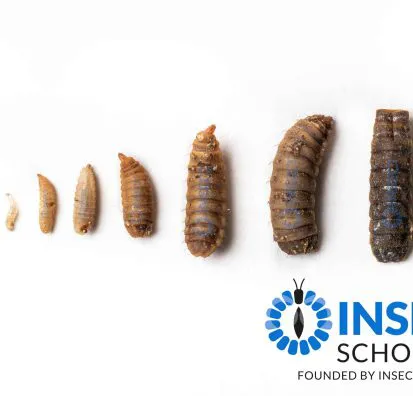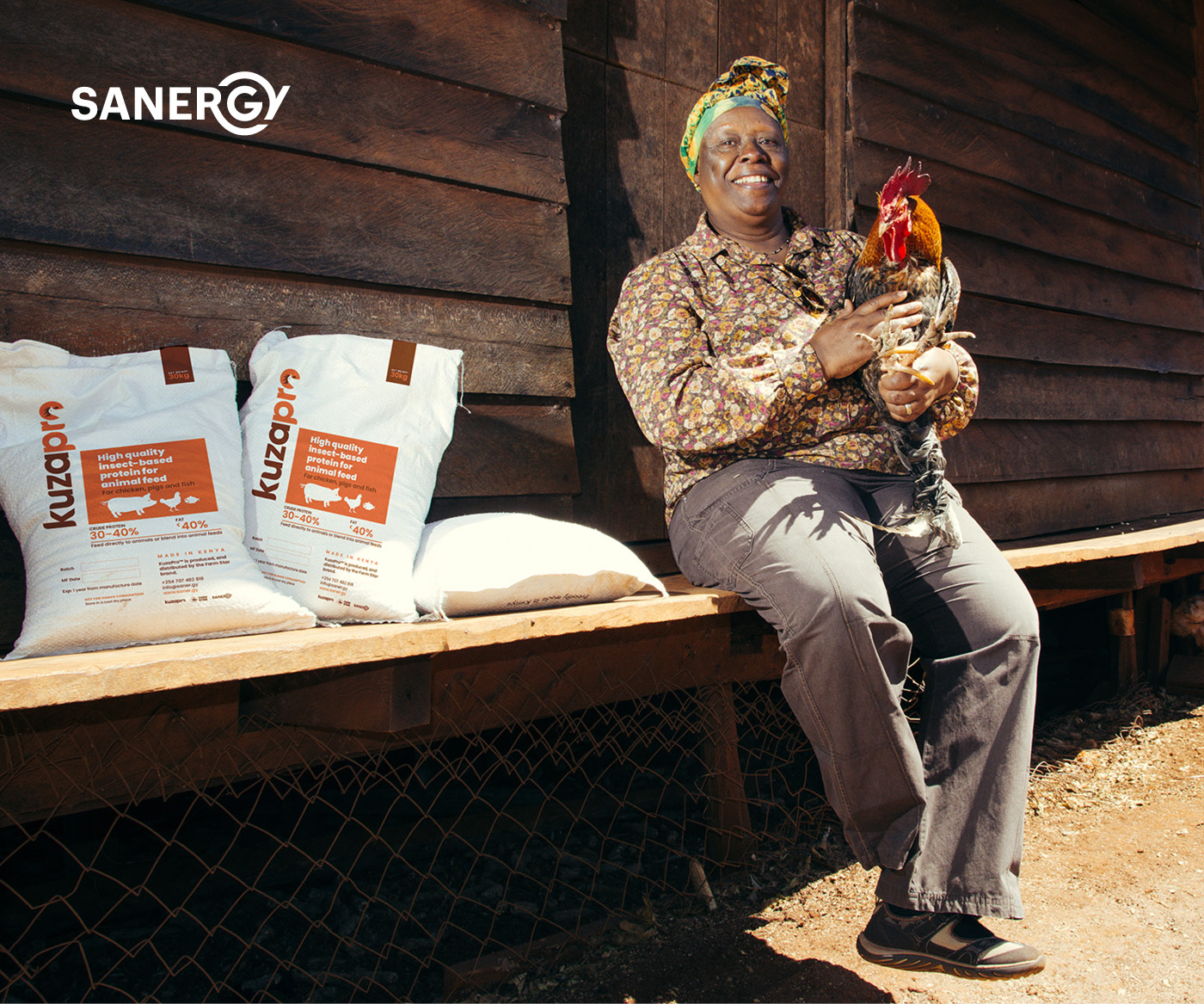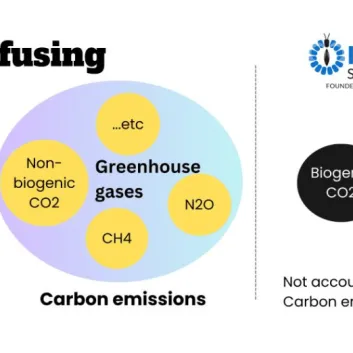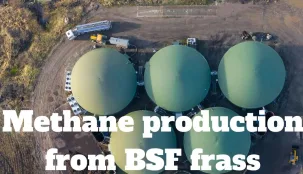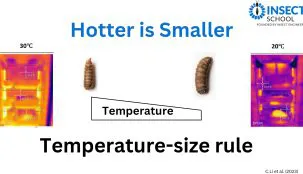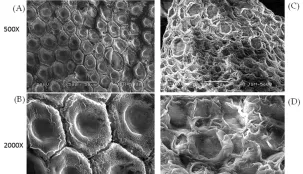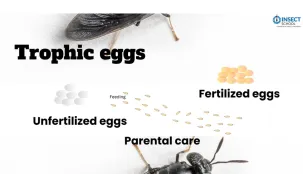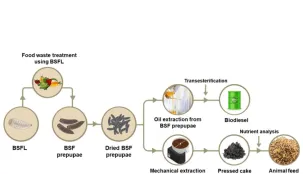Two-Step Sieving
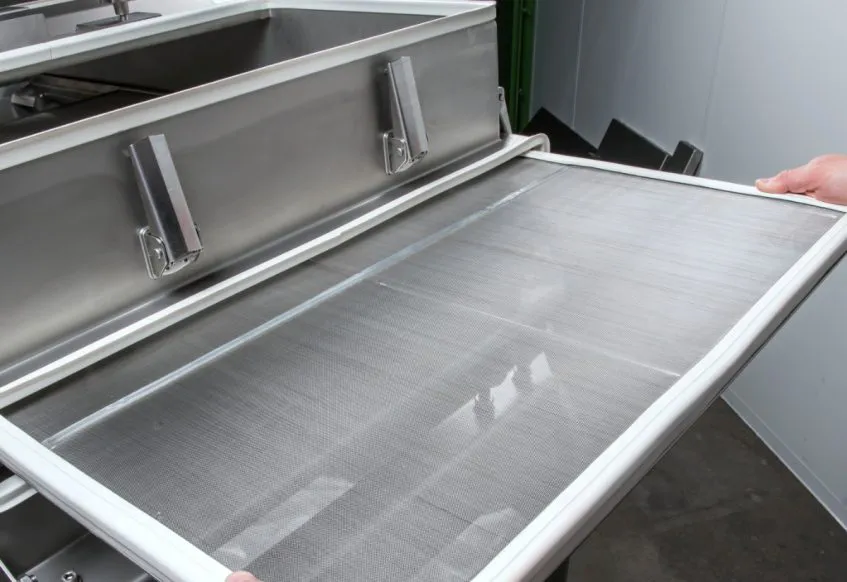
A sieve is a device used for separating BSF larvae from frass. The process involves passing the mixture of larvae and frass through a sieve or mesh, which allows the smaller frass particles to fall through while retaining the larger BSF larvae.
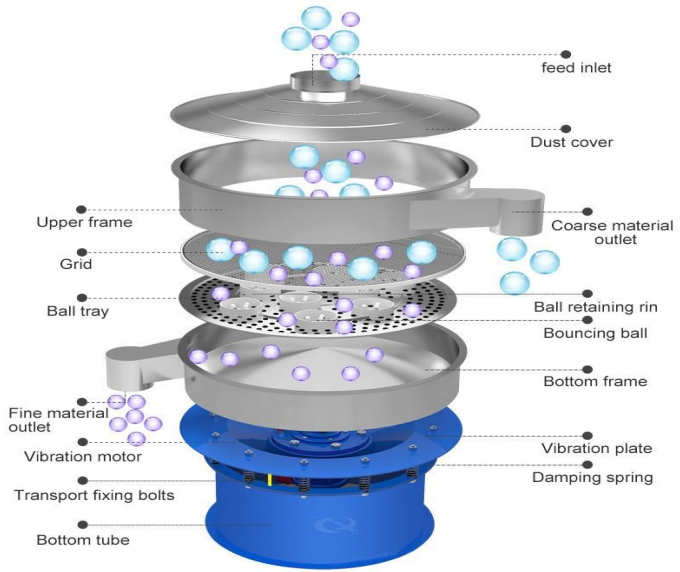
Sieving can be a challenging task for BSF farmers worldwide due to the variation in substrates they use, such as differences in particle size, type, water content, and viscosity. Because of this diversity, a one -size-fits-all sieving machine isn’t suitable for all situations. In many cases, a customized sieving machine is required.
Another issue is that there are often leftover feed particles, like uneaten or dried-out feed, that are quite large and similar in size to BSF larvae. When sieving is done, these particles aren’t separated from the larvae. The initial sieving step typically achieves around 80-90% purity, but to reach 100% purity, a second sieving step is necessary.
Image 3% of total larvae are lost during the sieving process by default. So, if a factory takes in 100 tons of waste every day and has a 20% conversion efficiency, it means they lose 600 kilograms of fresh larvae daily. Over the course of a year, this adds up to a staggering 219 tons of larvae lost. If 300 euros/ton fresh larvae, this results in 65.700 euros lost per year.
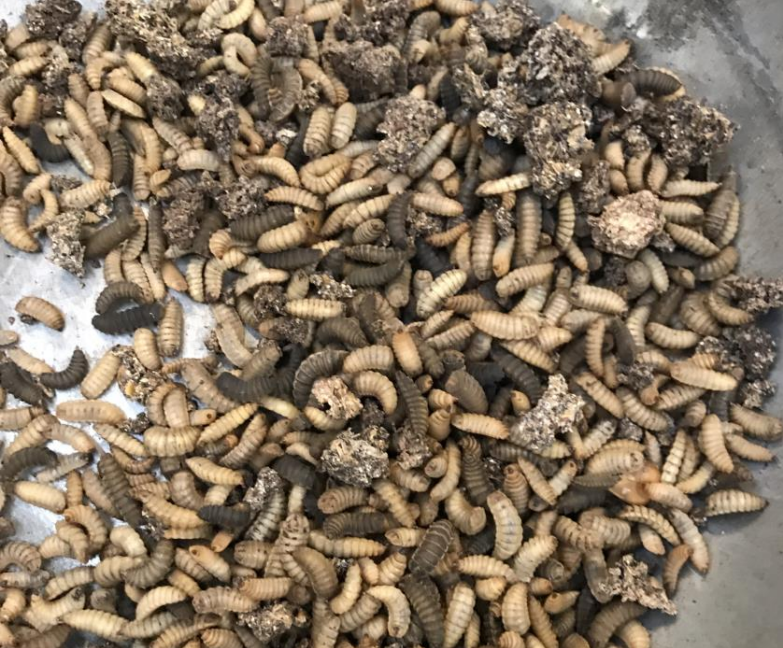
The good thing is that these leftover feed particles are soluble in certain solvent. You can use a solvent spray during the sieving process to dissolve these feed particles, leaving you with purified larvae. If the substrate contains plastic particles, a wind-blower can be used to blow away lightweight plastic particles from the BSF larvae
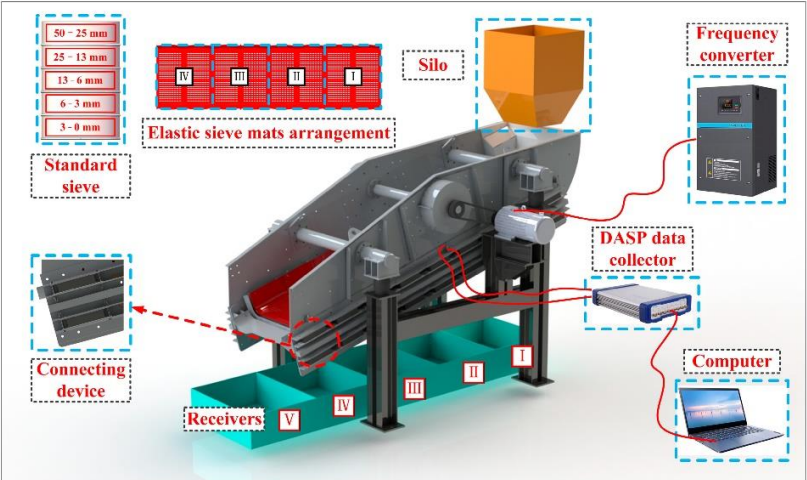
If you want to learn more: 3-DAY ONSITE TRAINING – Insect School
If you are thinking about investing in insect farming: Producing turnkey insect farms for Animal Feed | Insect Engineers
Comments on this post
Comment posted by Judith Waswa:
I am interested in insect farming in Kenya. The machine for separating the larvae from the frass is of interest to me since currently I use manual techniques which are time consuming
